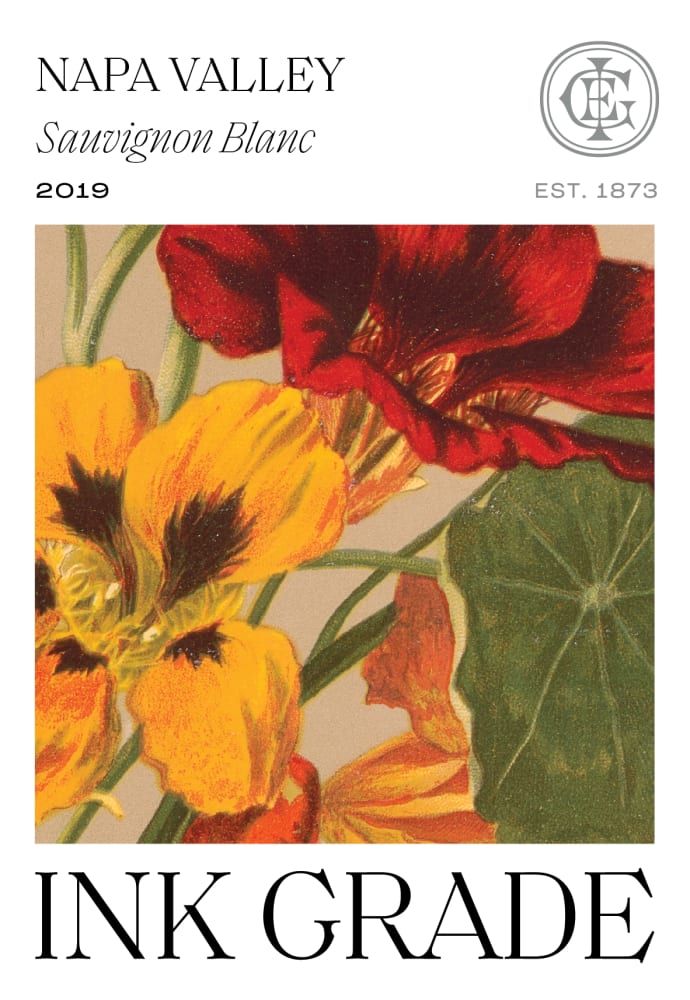Sur lie is a French term that translates to “on the lees.” It refers to a winemaking technique where the wine is left in contact with the dead yeast cells and other sediment that settle at the bottom of the tank or barrel during fermentation. This technique is used primarily for white wines, and it can have a significant impact on the final flavor and texture of the wine.
During fermentation, yeast converts sugar into alcohol, and as a byproduct, it produces carbon dioxide and dead yeast cells. Typically, winemakers will rack the wine off the lees (sediment) soon after fermentation is complete to avoid any off-flavors and to clarify the wine. However, with the sur lie technique, the wine remains in contact with the lees for an extended period, usually several months or more.
The lees can provide a range of benefits to the wine. First, they act as a natural preservative, protecting the wine from oxidation. Second, they can add complexity and richness to the wine’s flavor and texture. As the lees break down over time, they release compounds like amino acids, lipids, and polysaccharides that can contribute to the wine’s mouthfeel and aroma. Third, they can help stabilize the wine by binding with any remaining oxygen, preventing it from causing oxidation.
Sur lie is most commonly used in the production of white wines, particularly those made from high-acid grapes like Chardonnay, Sauvignon Blanc, and Chenin Blanc. These wines benefit from the added texture and richness that the lees provide. However, the technique can also be used for red wines, particularly those made using carbonic maceration or other whole-cluster fermentation methods.
Sur lie wines are typically aged in tanks or barrels, with regular stirring or “batonnage” to keep the lees in suspension. The length of time the wine spends sur lie can vary depending on the winemaker’s preference and the style of wine they are trying to produce. Some wines may only spend a few months on the lees, while others can be aged for years.
Sur lie wines can have a range of flavor and aroma profiles, depending on the grape variety, the winemaking techniques used, and the length of time the wine spends on the lees. In general, they tend to be fuller-bodied and creamier than wines that have been racked off the lees. They can have flavors and aromas of bread dough, yeast, and nuttiness, as well as fruit and floral notes.
In addition to the flavors and textures it imparts to the wine, the sur lie technique is also valued for its ability to produce wines that are age-worthy. The lees help to protect the wine from oxidation and can contribute to the wine’s longevity. Sur lie wines can age for several years or more, developing more complex flavors and aromas over time.
Overall, the sur lie technique is a valuable tool for winemakers looking to produce wines with added texture, complexity, and longevity. It is a traditional method that has been used for centuries in the winemaking regions of France, and it continues to be an important technique used by winemakers around the world today.
Wine is sunlight, held together by water.”- Galileo Galilei


